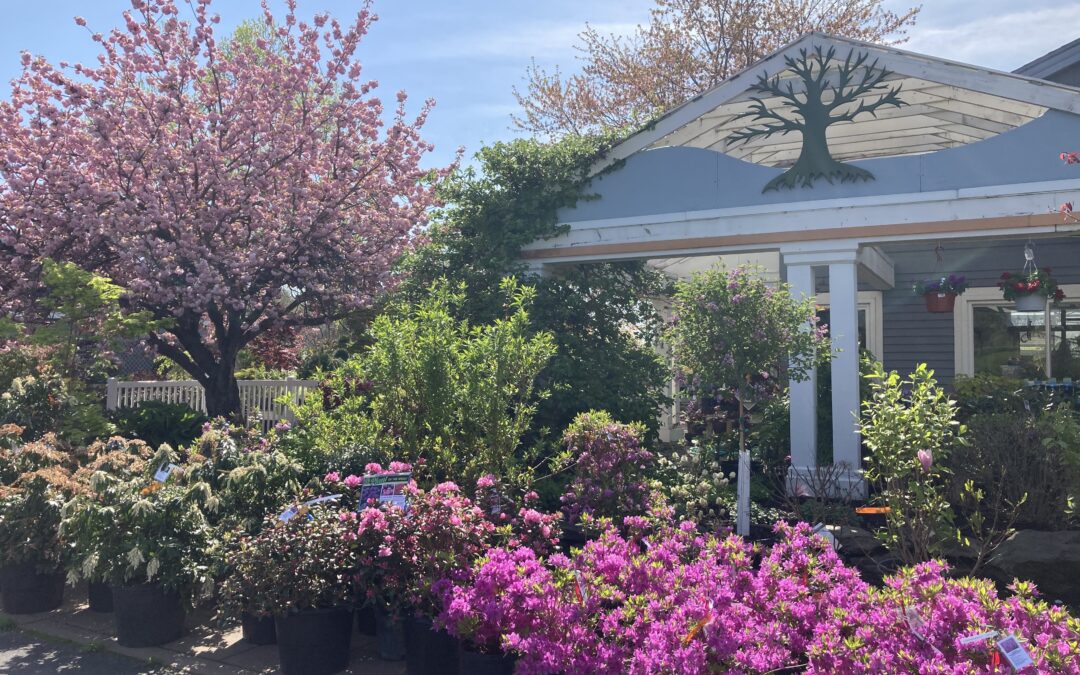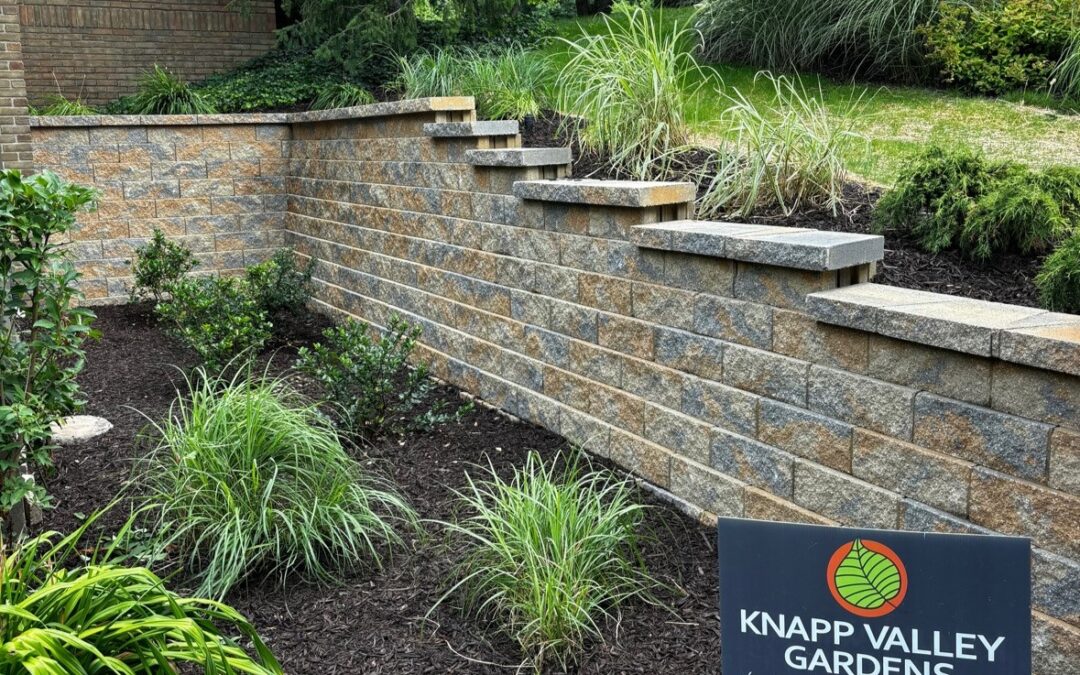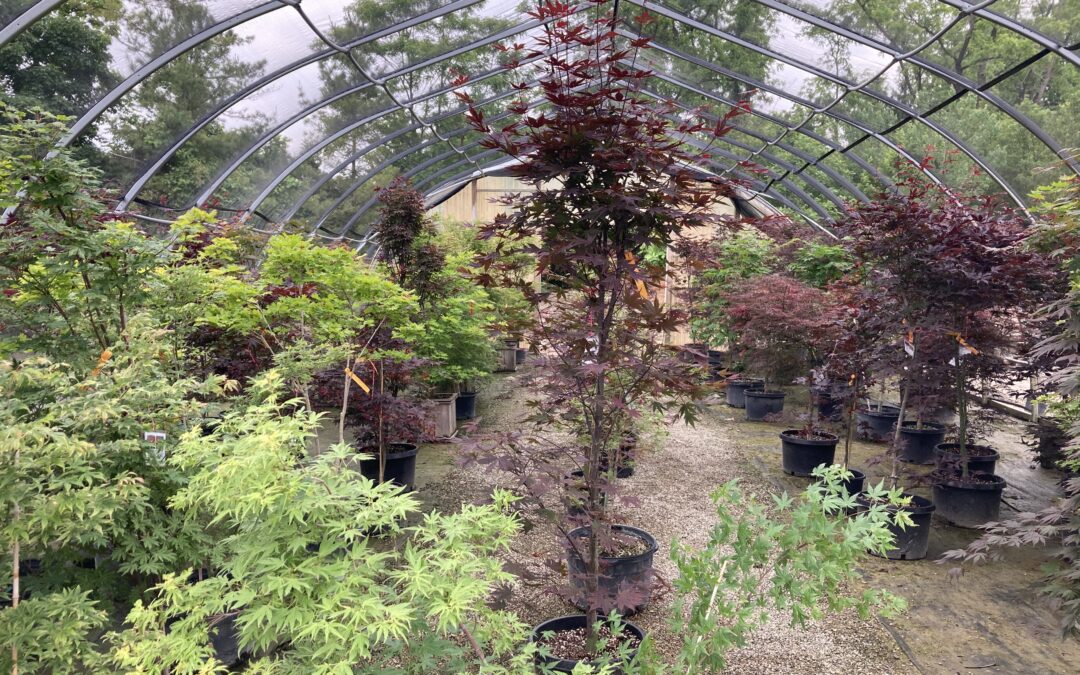Plant of the Week
Hydrangea shrubs come in almost endless sizes, shapes, flower and leaf varieties, and colors. Here in Michigan’s USDA Plant Hardiness Zone 6, most varieties are just coming into their blooming season, making hydrangeas our Plant of the Week.
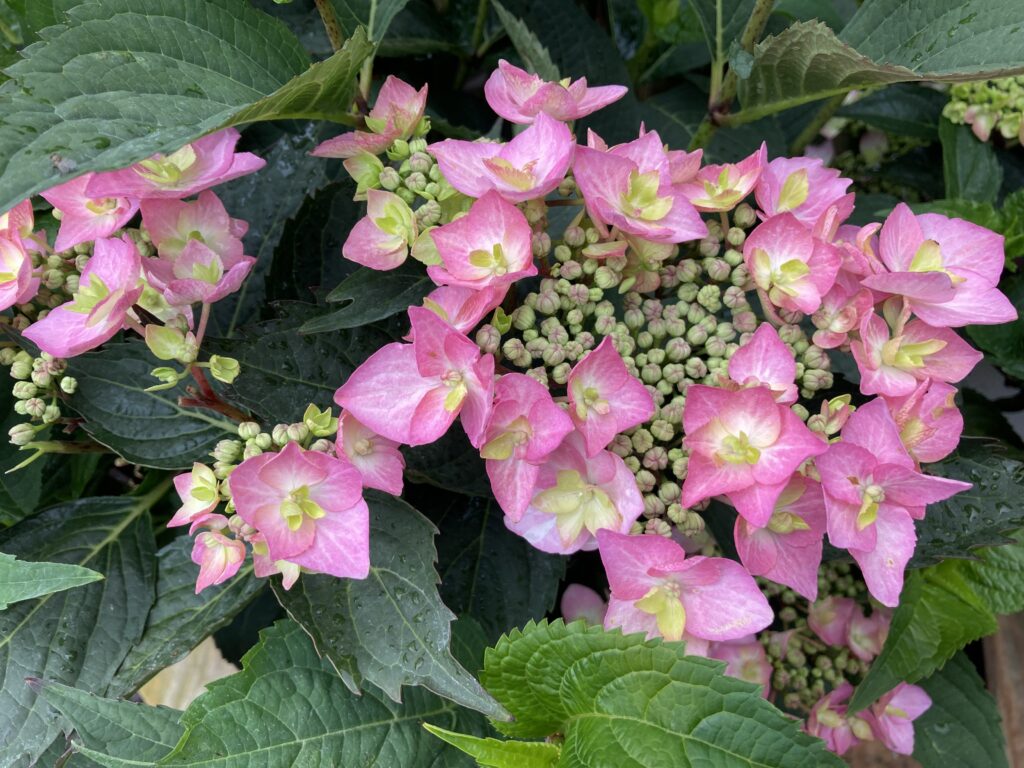
Knapp Valley carries varieties from five major types of hydrangeas: macrophylla (big leaf), paniculata (panicle), arborescens (smooth), quercifolia (oak leaf), and anomala (climbing). Each type offers varied flower shapes, colors, and growth habits. Blooms range from giant pom-poms to cone-shaped to lacy to clusters of flowers. Colors can change depending on soil pH. A wide range of growth habits include compact, bushy, rounded, upright, sprawling, climbing, or even the top of a tree form.
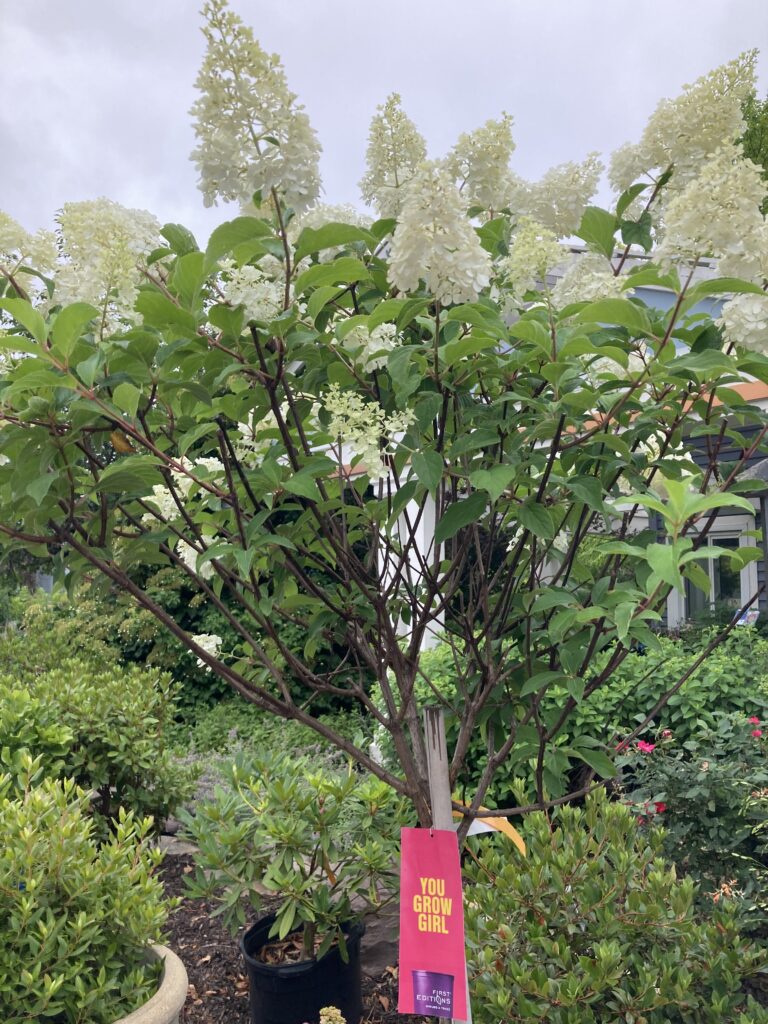
Planting Considerations for Hydrangeas in High Season
It certainly is the best time of year to enjoy hydrangeas in bloom – and if you’re picking out new ones for the garden, you’ll be able to see what the flowers look like. But you’ll need to take the hot, sunny July weather into account when planting now.
Time of day is important:
Plant early in the morning or late in the afternoon when temperatures are cooler.
Prepare the planting site:
Ensure well-draining soil and consider a location with morning sun and afternoon shade to protect from intense heat.
Water thoroughly:
Keep the soil consistently moist, but not waterlogged, especially during the first few weeks after planting.
Mulch:
Add a layer of mulch (like shredded bark or wood chips) around the base of the plant to help retain moisture and regulate soil temperature.
Protect from sun:
Use shade cloth or other temporary coverings to shield the plant from the hottest part of the day, especially when newly planted.
Fertilize sparingly:
Use a weak liquid fertilizer formulated for hydrangeas if needed, but avoid over-fertilizing.
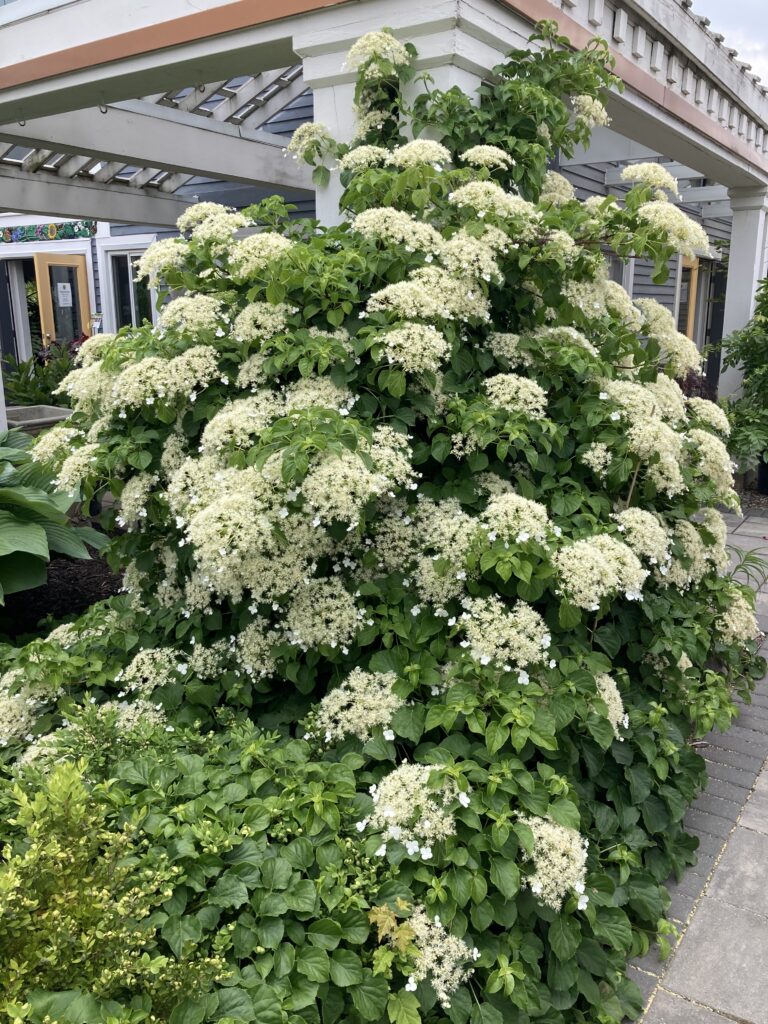
Old Wood versus New Wood
Hydrangea care is very dependent on the variety you are growing, as varieties can vary widely, especially in size, from dwarfs that top out at 2-3 feet, to giant bushes reaching over 15 feet high. No matter the size, you’ll no doubt want to prune your hydrangea at some point. Timing is everything, and it’s based on whether your hydrangea blooms on old wood or new wood.
Old wood hydrangeas produce blooms on stems during the previous growing season. Prune ‘old wood’ varieties in summer, after they finish blooming. These varieties are anomala, macrophylla, and quercifolia.
New wood hydrangeas set their buds on the current year’s stems and benefit from pre-spring pruning. For these types of hydrangeas – arborescens and paniculata, it’s best to cut stems back to the ground in late winter or early spring.
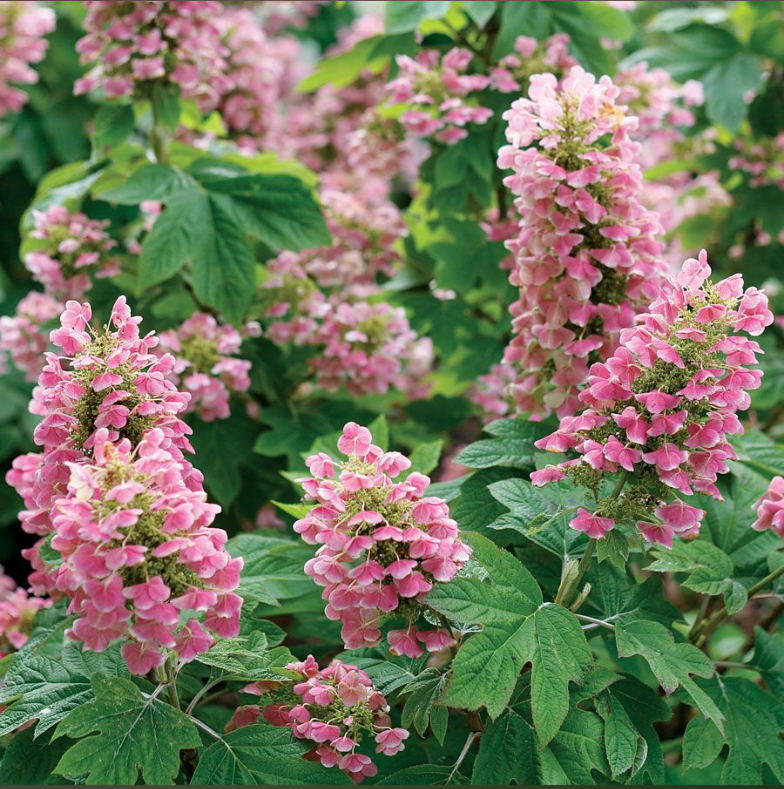
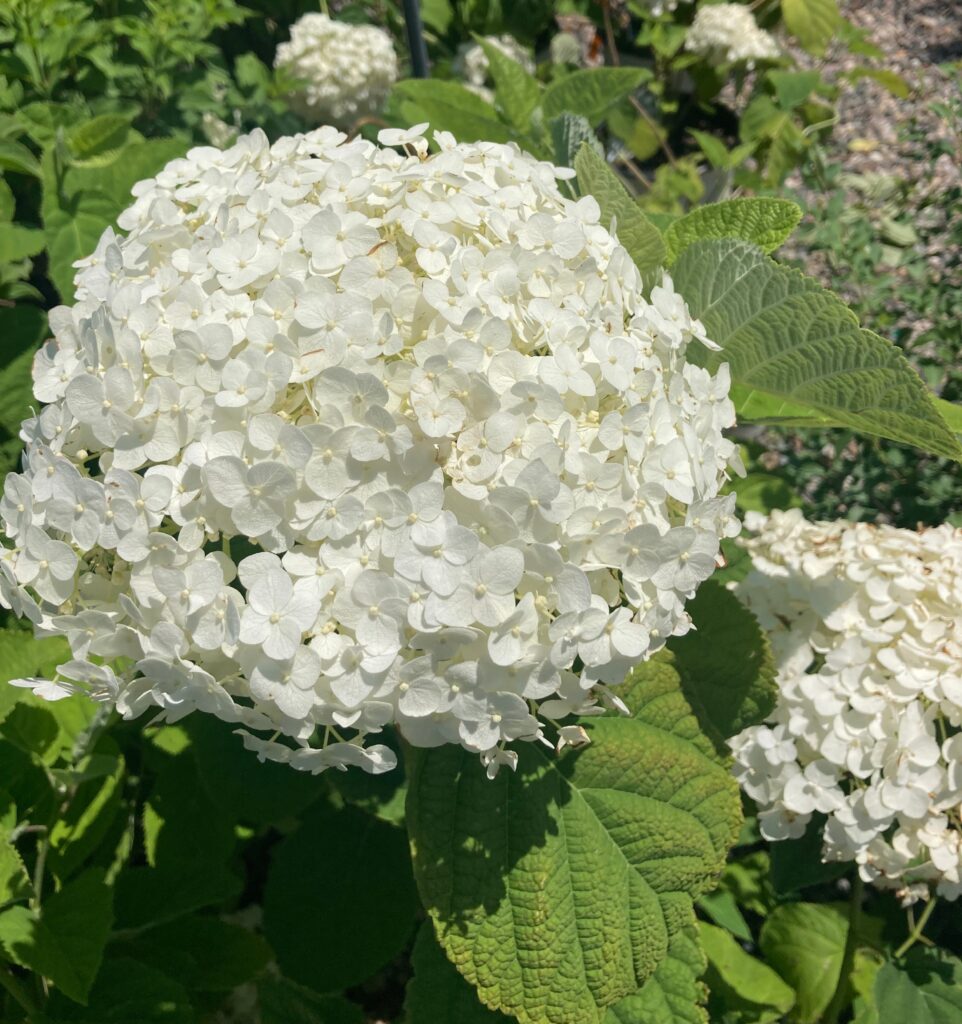
Hydrangeas at Knapp Valley Gardens range in retail price from $25.99 – $49.99, and are 30 percent off through July 12. Hydrangea trees retail from $129.99 – $379.99, and are 20 percent off through July 12.

